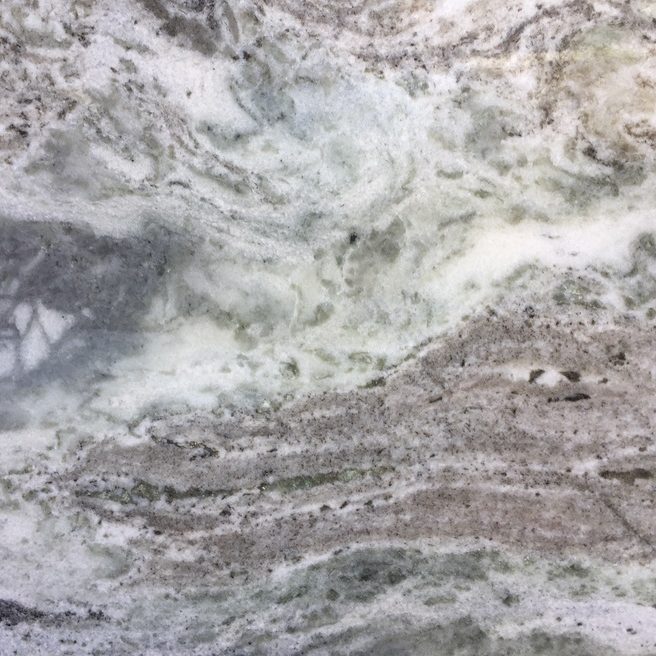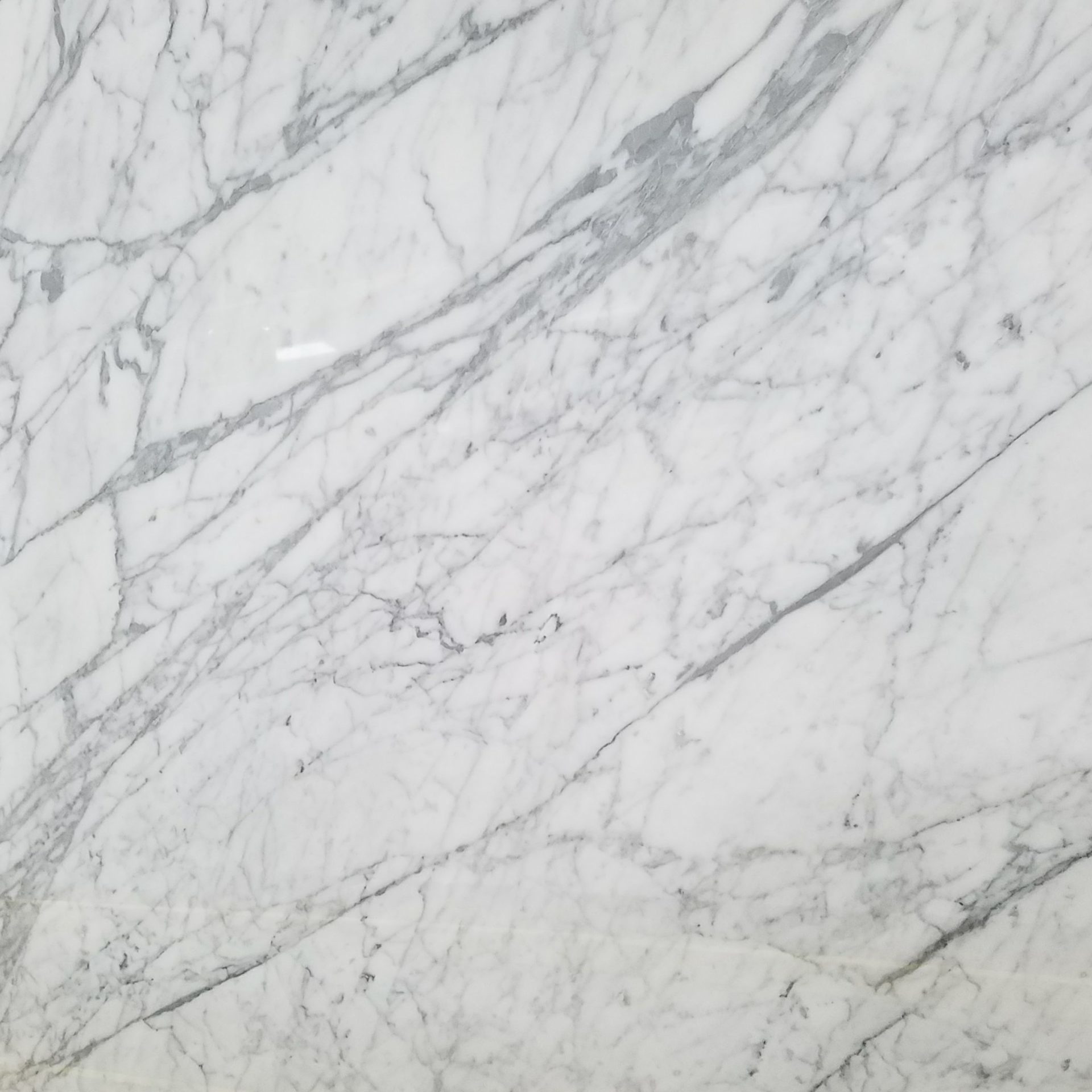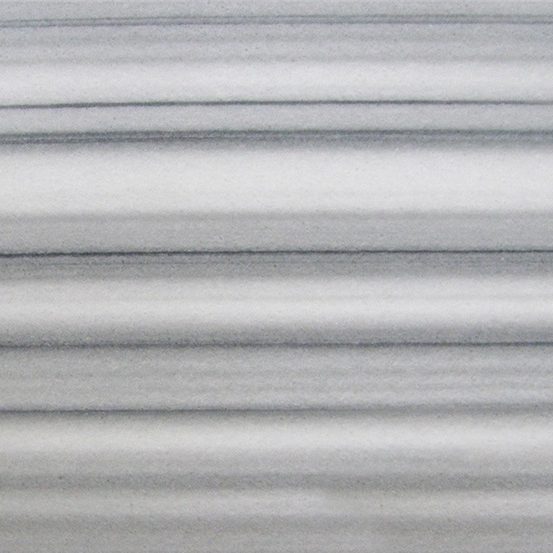Marble countertops instantly bring a sense of luxury and elegance to any room. More durable than vinyl or wood, marble is naturally nonporous, resistant to bacteria, can be sealed to prevent stains and does not require the use of a cutting board. Marble always has that freshly cleaned look, and is easy to dress up if used as an eating surface. While the most popular colors are gray or brown, it also comes in lighter colors like white, pink, and even yellow and orange to compliment any type of wood.
Marble Colors
Don’t See Your Color?
We can special order colors. Call us or contact us to find out more.
Care and Maintenance
Precautions
- Never allow wet dishes, glasses, or water to stand on a marble countertop for any length of time.
- Use coasters with rubber or cork bottoms under all drinks.
- Do not stand, kneel down on or sit on your countertops, as they could crack or break.
- Use placemats under items that may scratch the marble surface.
- Acid from substances such as red wine, sauces, dressings, vinegar, acidic fruits, and personal care products can tarnish the look of the marble if left sitting too long on the countertop.
Basic Cleaning
- Rinse with hot, clean water on a regular basis with a damp cloth, sponge, or mop and dry with paper towel or a soft material.
- Clean countertops with non-acidic, pH-balanced (neutral) solutions, so as not to etch the surface.
- Clean up oil and acid spills immediately, and wipe up other spills within a reasonable time. Do not let liquids sit on the surface overnight.
- For stubborn stains, use a poultice paste consisting of a white absorbent material (such as talc, baking soda, white cotton balls, chalk powder) and a liquid solvent, dependent upon the type of stain you have:
– Organic Stains: 6% Hydrogen peroxide
– Oil-based Stains: Acetone or mineral spirits
– Ink-based Stains: 6% Hydrogen peroxide or ammonia
– Rust Stains: Liquid commercial rust remover
Spread the paste so that it is about a half inch thick over the stain. Check to make sure there are no air bubbles, and then cover it with plastic wrap and secure it in place with masking tape. Leave on the surface for 24-48 hours or until the poultice is hard and dry. Remove the poultice with a spatula, and then clean with warm water and dry.
Sealers
- Marble must be re-sealed more often than granite. Sealant will prevent most stains, but it won’t prevent etching.
- Consider a honed or matte finish on your marble surface so that it is more resilient to etching and scratches. Honed marble is somewhat more user-friendly, and absorbs protective penetrating sealers more effectively with its porous openings. Polished marble is also slightly more resistant to staining.
- Penetrating sealant ensures that spills remain on the top of the stone, radically reducing the rate of absorption into the countertop, giving you a small frame of time within which you can clean the spills without staining.
- The best warning that the marble must be re-sealed immediately is when water or other liquid fails to bead up on the surface, or if the stone darkens when water is splashed on the surface.



